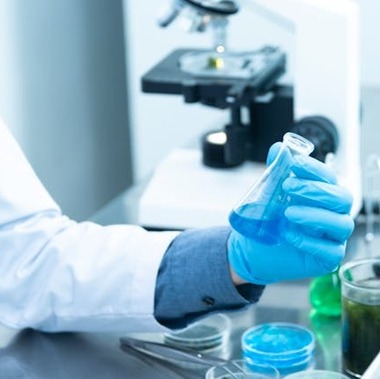CDRH Releases New Dataset for Biocompatibility of Medical Devices

On April 16, the FDA’s Center for Devices and Radiological Health (CDRH) released a new public dataset designed to assist chemistry labs in ensuring the robustness of chemical characterization methods used to assess the biocompatibility of medical devices.
In a statement from Jeff Shuren, M.D., J.D., director of the CDRH, and Ed Margerrison, Ph.D., director of the Office of Science and Engineering Laboratories (OSEL), CDRH, the regulators stated that, “This dataset will allow analytical chemistry labs to determine their ability to detect a broad range of potential chemicals. The example chemicals can be assessed by laboratories using their own GC protocols to determine whether the chemicals are detectable compared with one of the specific chemicals in the dataset measured by the relative response factor (RRF). If detectability is shown to be similar to the RRFs obtained by CDRH, there can be an increased confidence in the protocols being used by the lab. In the future, CDRH intends to increase the breadth of the dataset of chemicals and RRF information it makes publicly available, and to add other detection methodologies such as liquid chromatography (LC).”
In 2016, CDRH issued the first version of FDA’s Biocompatibility Guidance based on the international consensus standard ISO 10993 Part 1, which outlines the agency’s approach to the biocompatibility evaluation of medical devices within a risk management process. A central tenet of the CDRH biocompatibility evaluation is for sponsors to have the option, for some biocompatibility endpoints, to undertake extraction studies to identify and quantify chemicals released from a device and then to perform a toxicological risk assessment (TRA) to determine if the chemicals pose safety issues in the use of the device.
A successful TRA determination is dependent on the sensitivity of the analytical chemistry method used to detect and quantify chemicals that may be present following extraction from a medical device. This non-animal-based analytical chemistry testing approach is used as a surrogate to predict the exposure of chemicals that may be released by medical devices in use.
For more information, visit Biocompatibility and Toxicology Program: Research on Medical Devices, Biocompatibility, and Toxicology and Materials and Chemical Characterization Program: Research on the Materials and Chemical Characterization of Medical Devices.